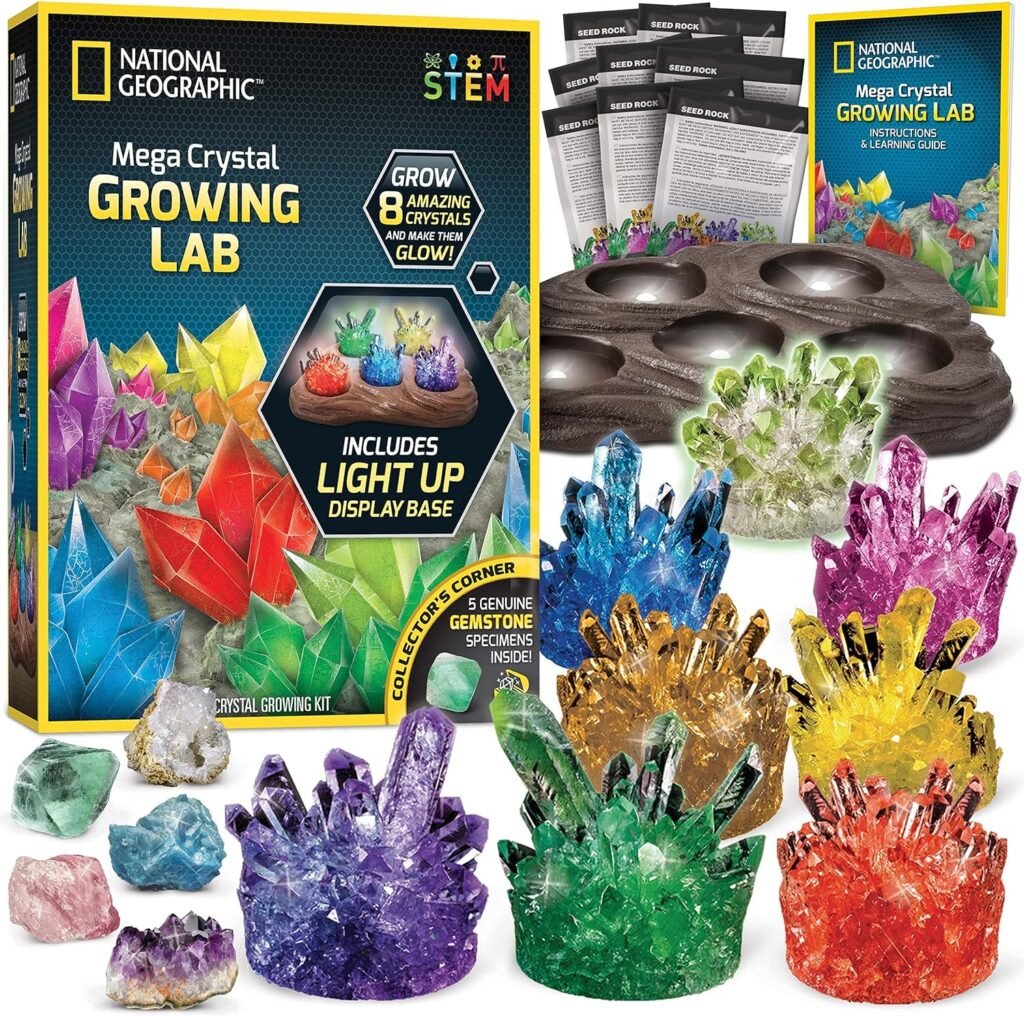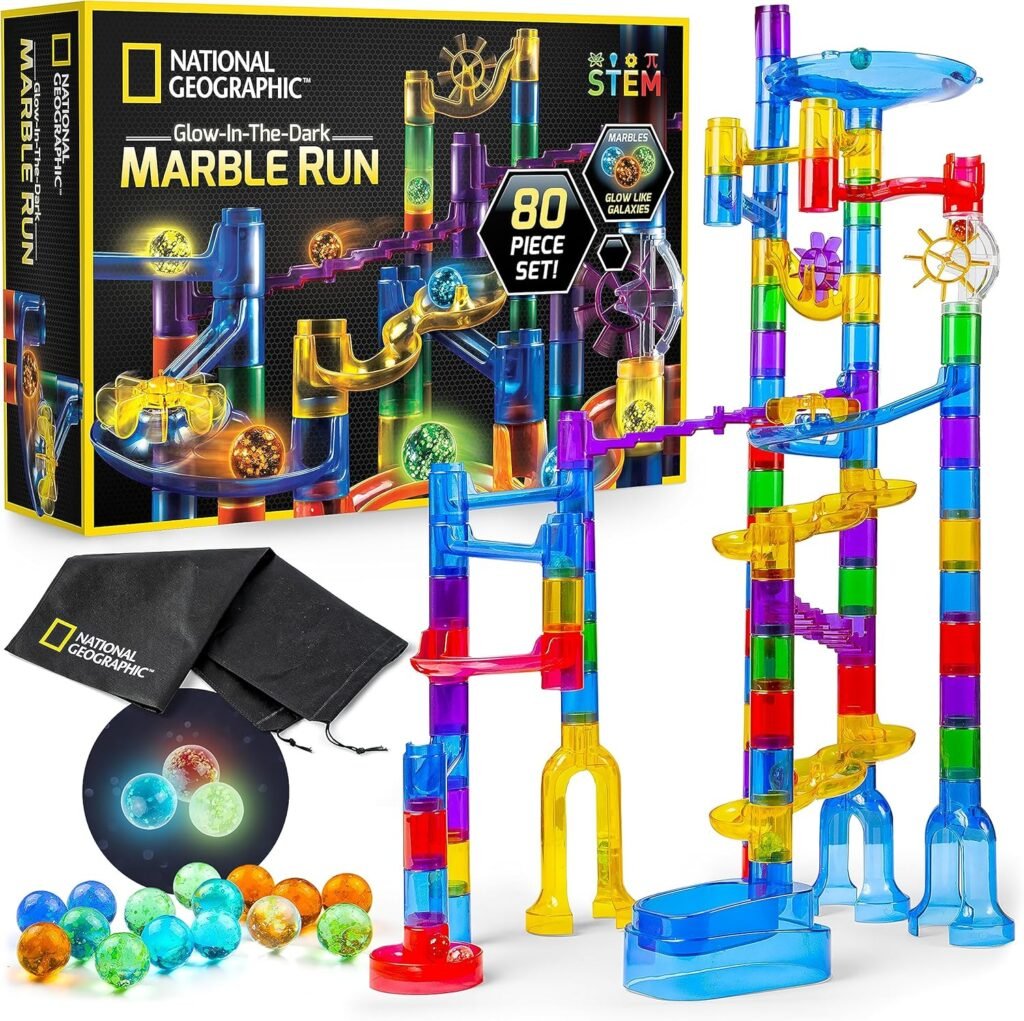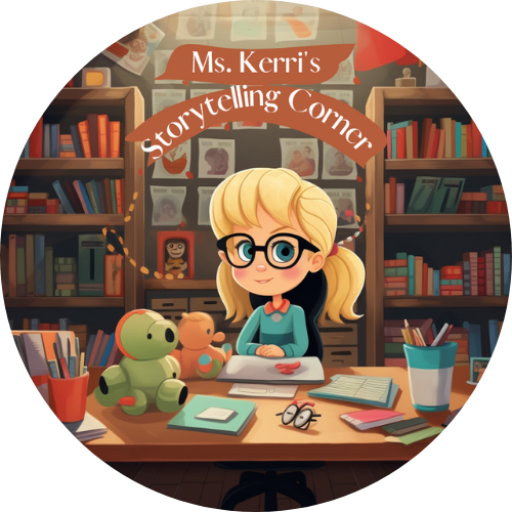Helping your child develop a love for reading is one of the best gifts you can give them. Early reading success can set the stage for a lifetime of learning and exploration. This guide will walk you through practical tips and strategies to create a supportive reading environment, choose the right books, and make reading a fun and engaging part of your child’s daily life.
Key Takeaways
- Create a cozy reading nook to make reading inviting.
- Choose books that match your child’s age and interests.
- Ask questions while reading to spark discussion.
- Set aside regular time for reading together.
- Explore local resources like libraries and online programs.
Creating A Reading-Friendly Environment
It’s super important to set the stage for reading success right from the start. Think of it as building a cozy nest where your child can snuggle up with a book and feel totally at ease. A good reading environment can make all the difference in sparking a lifelong love of reading.
Designing Cozy Reading Spaces
Create a dedicated reading nook that’s inviting and comfortable. This doesn’t have to be anything fancy – a comfy chair, a pile of pillows, or even a blanket fort can do the trick. Make sure the space is well-lit and free from distractions. Personalize it with your child’s favorite colors or characters to make it extra special. I remember when we made a reading nook for my daughter, she was so excited to have her own little space to read. It really encouraged her to spend more time with books.
Incorporating Books Into Daily Life
Books shouldn’t just be for bedtime stories. Find ways to weave them into your child’s everyday routine. Here are some ideas:
- Keep books in the car for road trips or errands.
- Have a basket of books in the living room for easy access.
- Bring books along to appointments or waiting rooms.
- Read aloud during meal times (if it doesn’t get too messy!).
By making books a regular part of your child’s day, you’re showing them that reading is a fun and important activity, not just a chore.
Minimizing Distractions During Reading
It can be tough to focus on a book when there’s a lot going on around you. Try to create a calm and quiet environment when it’s reading time. Turn off the TV, put away electronic devices, and let other family members know that you’re having quiet time. This will help your child concentrate and get the most out of their reading experience. It’s also a good idea to establish some ground rules, like no interruptions unless it’s an emergency.

Choosing The Right Books
Understanding Age-Appropriate Literature
Picking books that match your child’s age and reading level is super important. It’s not just about the number on the cover, but also about what your kid can actually understand and enjoy. Think about the themes, the complexity of the sentences, and whether the content is something they can relate to. You want to challenge them a little, but not overwhelm them.
Exploring Diverse Genres
Don’t get stuck in a rut! Expose your child to all sorts of books. Variety is the spice of reading, after all. Try:
- Picture books
- Chapter books
- Non-fiction
- Poetry
- Graphic novels
Each genre offers something different, and you never know what might spark a lifelong love of reading. Maybe your kid will become a science whiz because of a cool non-fiction book, or maybe they’ll start writing their own poems after reading Shel Silverstein.
Encouraging Child Preferences
Let your child have a say in what they read! It sounds obvious, but it’s easy to fall into the trap of only offering books you think are good for them. If they’re excited about dinosaurs, get them dinosaur books. If they love princesses, embrace the princess stories.
Giving kids the freedom to choose what they read makes them more likely to actually read. It builds confidence and makes reading feel like a treat, not a chore. Plus, you might be surprised by what they pick!
Engaging In Interactive Reading

Interactive reading is all about making reading an active and engaging experience, rather than just passively absorbing words on a page. It’s about sparking curiosity, encouraging critical thinking, and making connections between the story and the child’s own world. This approach can significantly boost comprehension and reading enjoyment.
Asking Open-Ended Questions
Instead of asking questions with simple yes or no answers, try open-ended questions that encourage your child to think critically and express their own ideas. This helps them develop a deeper understanding of the story and improves their communication skills. For example:
- “What do you think will happen next?”
- “How do you think the character is feeling?”
- “What would you do if you were in that situation?”
Open-ended questions promote critical thinking and allow children to explore their own interpretations of the story. This not only enhances comprehension but also encourages them to form their own opinions and engage with the material on a deeper level.
Using Expressive Reading Techniques
Bring the story to life with your voice! Vary your tone, use different character voices, and add sound effects to make the reading experience more engaging. This can capture your child’s attention and help them connect with the characters and plot. It’s like turning storytime into a mini-performance. You can also use gestures and facial expressions to further enhance the experience. This is a great way to teach a child to read.

Incorporating Storytelling Elements
Go beyond just reading the words on the page. Add your own storytelling elements to make the experience more interactive. This could involve:
- Pausing to ask questions and discuss the plot.
- Encouraging your child to predict what will happen next.
- Acting out scenes from the story.
- Relating the story to your child’s own experiences.
By incorporating storytelling elements, you can transform reading into a shared adventure that sparks imagination and strengthens the bond between you and your child. It also helps them to develop a love for narrative and storytelling.
Establishing A Reading Routine

Setting Consistent Reading Times
Creating a regular reading schedule is super important for kids. It doesn’t have to be rigid, but having a set time each day signals that reading is a priority. Maybe it’s right before bedtime, after dinner, or even first thing in the morning. The key is consistency. This helps build a habit and makes reading a natural part of their day. Think of it like brushing their teeth – it’s just something they do, no questions asked. You can use a visual schedule to help younger children understand when reading time is coming.
Balancing Reading With Other Activities
Reading shouldn’t feel like a chore. It’s important to balance it with other fun activities. Kids need playtime, outdoor time, and time for hobbies. If reading is always forced, they might start to resent it. Try to weave reading into their existing routines. For example, if they love playing with cars, find books about cars. If they enjoy drawing, read stories that inspire creativity. It’s all about making reading feel like a natural extension of their interests, not a separate, boring task.
Here’s a simple way to think about it:
- Reading: 20-30 minutes
- Playtime: 1-2 hours
- Outdoor Time: 30-60 minutes
- Hobbies: 30-60 minutes
Tracking Progress And Celebrating Milestones
Tracking your child’s reading progress can be a fun way to keep them motivated. It doesn’t have to be complicated. You could simply keep a list of the books they’ve read, or use a chart to track how many minutes they read each day. When they reach a milestone, like finishing a chapter book or reading for a certain number of days in a row, celebrate their achievement! This could be something small, like a special treat or a trip to the library. The goal is to make them feel proud of their accomplishments and encourage them to keep reading. Remember, positive reinforcement goes a long way.
It’s important to remember that every child learns at their own pace. Don’t compare your child to others, and focus on celebrating their individual progress. The most important thing is to create a positive and supportive reading environment.
Encouraging Family Reading Time
It’s easy to let reading slide when life gets busy. But carving out time for family reading can have a huge impact. It not only boosts literacy skills but also creates lasting memories and strengthens bonds. Think of it as an investment in your child’s future and your family’s connection. It doesn’t have to be a chore; it can be a fun and relaxing part of your day.
Reading Together As A Family
One of the simplest ways to encourage family reading is to read aloud together. This could mean parents reading to children, older siblings reading to younger ones, or even everyone taking turns reading a chapter book. The key is to make it a shared experience. We started with picture books when the kids were little, and now we’re tackling Harry Potter as a family. It’s amazing to see everyone get so into it. You can also try audiobooks during car rides or while doing chores. It’s a great way to expose everyone to different stories and authors.
Creating A Family Book Club
Take family reading to the next level by starting a family book club. Let everyone have a say in choosing the books, and then set aside time to discuss them. This can be a great way to encourage critical thinking and open communication. We usually have snacks and drinks during our book club meetings to make it feel more like a party. It’s interesting to hear everyone’s different perspectives on the same story. Here are some ideas to get you started:
- Choose age-appropriate books for all members.
- Prepare discussion questions in advance.
- Encourage everyone to share their thoughts and feelings.
- Make it fun and engaging with activities like character dress-up or themed snacks.
Sharing Stories And Experiences
Reading isn’t just about books; it’s also about sharing stories and experiences. Encourage family members to share their own stories, whether they’re personal anecdotes or creative tales. This can help build empathy and understanding within the family. We often sit around the dinner table and share stories from our day. It’s a great way to connect and learn more about each other. You can also try writing stories together as a family. It’s a fun and creative way to bond.
Creating a culture of storytelling within your family can have a profound impact on your children’s development. It helps them develop their imagination, improve their communication skills, and build stronger relationships with family members. It’s a simple yet powerful way to create lasting memories and foster a love of reading.
Utilizing Educational Resources

It’s easy to feel like you’re on your own when trying to help your child become a successful reader. The good news is, you’re not! There are tons of educational resources available to support you and your child on this journey. Knowing where to look and how to use these resources can make a huge difference.
Exploring Online Reading Programs
Online reading programs can be a fantastic way to supplement your child’s learning. Many of these programs offer interactive games and activities that make reading fun and engaging. It’s important to do your research and find programs that are age-appropriate and align with your child’s learning style. Some programs offer free trials, so you can test them out before committing to a subscription. Here are some things to consider when choosing a program:
- Content Quality: Does the program use evidence-based methods?
- Engagement: Is the program fun and motivating for your child?
- Progress Tracking: Does the program allow you to monitor your child’s progress?
Finding Local Library Programs
Your local library is a treasure trove of resources for young readers. Libraries often host story times, reading clubs, and other events that can spark a child’s interest in books. Plus, libraries offer a wide selection of books, audiobooks, and other materials that you can borrow for free. Don’t underestimate the power of a good librarian! They can provide personalized recommendations and help you find the perfect books for your child. Check out the evidence-based resources they have available.
Accessing Reading Apps And Tools
In today’s digital age, there are countless reading apps and tools available for tablets and smartphones. These apps can offer interactive stories, phonics games, and other activities that can help your child develop their reading skills. However, it’s important to be mindful of screen time and choose apps that are both educational and engaging. Look for apps that:
- Focus on foundational reading skills like phonics and vocabulary.
- Offer personalized learning experiences.
- Provide opportunities for interactive reading and comprehension activities.
Remember, technology is a tool, and like any tool, it’s most effective when used intentionally and in moderation. Don’t rely solely on apps and tools, but rather use them as a supplement to other reading activities.
Fostering A Love For Reading

It’s easy to get caught up in the mechanics of reading – phonics, fluency, comprehension – but let’s not forget the most important thing: making reading enjoyable. If kids associate reading with fun and positive experiences, they’re way more likely to pick up a book on their own. The goal is to cultivate a lifelong love of reading, not just the ability to decode words.
Connecting Books To Real-Life Experiences
One of the best ways to make reading stick is to connect it to what kids already know and love. Did you read a book about animals? Plan a trip to the zoo! Reading about cooking? Try a simple recipe together.
Here are some ideas:
- After reading a book about space, visit a planetarium.
- If the story features a historical event, watch a documentary about it.
- If a character faces a challenge, talk about similar challenges your child might face and how they could handle them.
Encouraging Creative Expression Through Reading
Reading shouldn’t be a passive activity. Encourage kids to get creative with what they read. This could mean drawing pictures of their favorite characters, writing their own endings to stories, or even putting on a play based on a book.
Here are some ways to encourage creative expression:
- Have your child draw a scene from the book.
- Encourage them to write a letter to the author.
- Act out scenes from the book using puppets or costumes.

Making reading interactive and creative helps kids internalize the story and make it their own. It’s about more than just understanding the words; it’s about engaging with the story on an emotional and imaginative level.
Modeling Positive Reading Behaviors
Kids are always watching us, and they pick up on our habits, good and bad. If they see you reading and enjoying books, they’re more likely to do the same. Make reading a visible part of your life. Talk about the books you’re reading, visit the library, and let them see you get lost in a good story. This is a great way to enhance their leadership skills.
Here are some simple ways to model positive reading behaviors:
- Let your kids see you reading for pleasure.
- Talk about the books you’re enjoying.
- Visit the library or bookstore together regularly.
Wrapping It Up: Your Role in Reading Success
In the end, helping your child succeed in reading is all about being involved and making it fun. You don’t need to be a teacher or a reading expert. Just read together, talk about stories, and let them explore books that catch their interest. Celebrate their progress, no matter how small. Remember, every child learns at their own pace, so be patient and supportive. With your encouragement and a little creativity, you can help spark a lifelong love for reading. So grab a book, snuggle up, and enjoy the journey together!
Frequently Asked Questions
What is a reading-friendly environment?
A reading-friendly environment is a space that encourages children to read. This can include cozy spots with comfortable seating, good lighting, and easy access to books.
How do I choose the right books for my child?
To pick the right books, consider your child’s age and interests. Look for stories that match their reading level and explore different types of books, like adventure or fairy tales.
What is interactive reading?
Interactive reading involves engaging with your child while reading. This means asking them questions about the story and using different voices for characters to make it fun.
How can I establish a reading routine?
Set a specific time each day for reading, such as before bed. Make sure to balance this time with other activities, and keep track of how many books your child reads to celebrate their progress.
Why is family reading time important?
Reading together as a family helps build a love for books. It creates bonding moments and encourages kids to see reading as a fun activity.
What educational resources can help with reading?
There are many resources available, like online reading programs, local library events, and apps designed to make reading enjoyable and educational for kids.


Ms. Kerri’s Corner provides a exciting virtual space for preschool learning. Through a variety of engaging activities, she exposes young minds to early math, literacy, science and social-emotional skills in a developmentally appropriate way. Centers for blocks, art, books and music allow children to explore hands-on learning at their own pace. Guided lessons subtly introduce number sense, letter sounds and narrative thinking. Careful observation gives insight into each child’s progress across domains. Viewers are also invited to participate, reinforcing that their ideas are valued. By making learning fun yet purposeful, Ms. Kerri lays the groundwork for future academic success while fostering creativity and imagination. Her program offers preschoolers valuable screen-based learning experiences.




